Capital:
Port Louis
Currency
Mauritian rupee
Best time to visit:
A trip to Mauritius is possible all year round as the climate is pleasant in every season. The hottest period runs from mid-December to mid-March, while from June to September, the winter in the southern hemisphere, the air cools in the evening. Prices increase a lot in November, December (holiday period in Mauritius) and then in July and August, coinciding with the European summer holidays.
In a word:
Tapeta! (cheers)
Vaccines
Health care for travelers is usually free in public hospitals, but in many cases it is better in private clinics. In case of serious health problems, it is worth moving to Reunion.
At the table:
The cuisine of Mauritius is perfect for those who want to follow a healthy diet based on grilled meat and fish as well as plenty of fresh fruit and vegetables. The only drawback could be the very spicy Creole and Indian influenced dishes. It is best to avoid dishes accompanied by sauces (such as expensive and rougail). No one will shy away from the rich variety of sweet and exquisite fruit (mango, guava, coconut and pineapple).
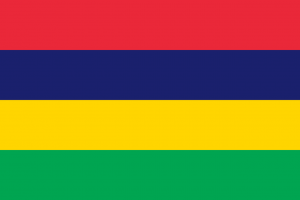
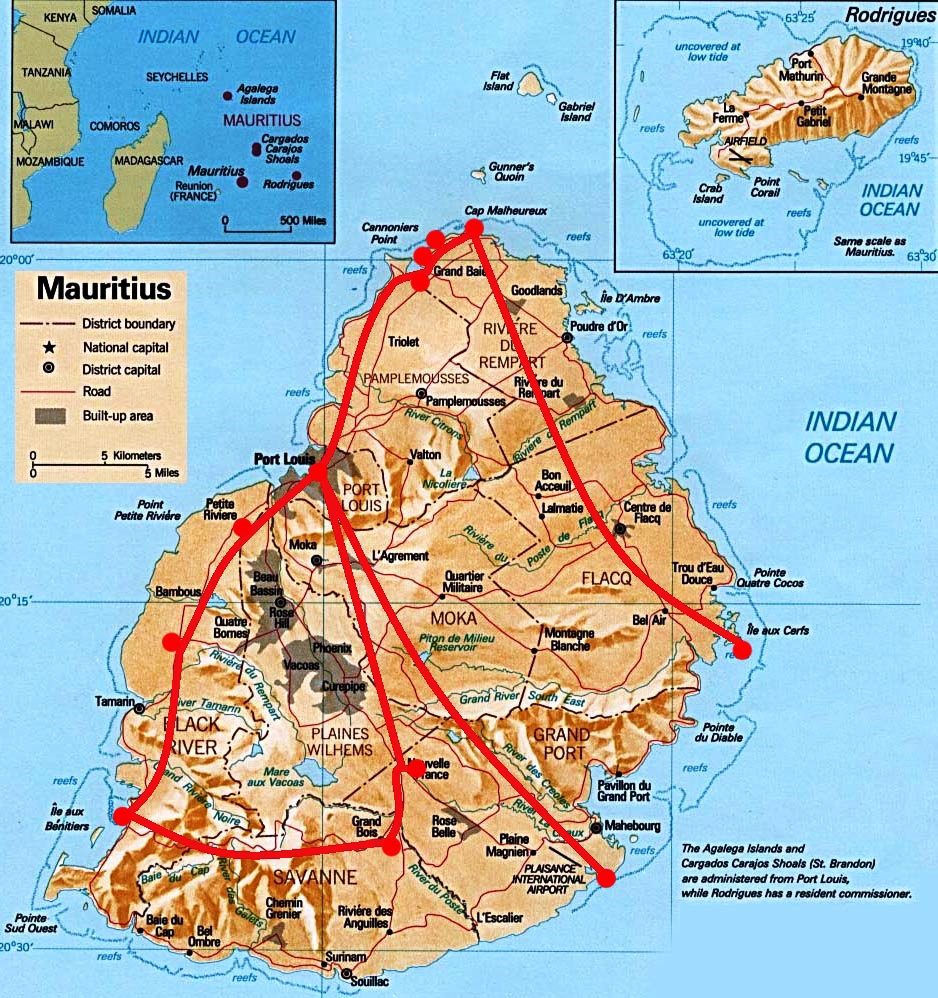
Warnings:
- Some taxi drivers receive commissions from the shops / hotels / restaurants they take their passengers to. Keep this in mind when your taxi driver tells you, for example, that the hotel you have chosen is closed or full or decadent.
Essential experiences:
Swim with the turtles in Trou aux Biche; Pray to Shiva and Ganesh in the most impressive Hindu temple of the Indian Ocean in Grand Bassin; Admire the land of 7 colors in Chamarel
Mark Twain wrote that "Mauritius was first created and then paradise, inspired by the island", and in part it is true.
Mauritius is famous for its sapphire blue sea, fine white sand beaches and luxury resorts. But it also offers many other attractions: birdwatching, hiking in the mountainous and wooded hinterland, wonderful diving and snorkelling opportunities, boat trips on dreamy islets, visits to beautiful botanical gardens and ancient colonial residences. Furthermore, the real Mauritius, a sparkling mix of different cultures, traffic and sleepy fishing villages, is never too difficult to reach.
Here, choosing your favorite beach is like choosing between the tastes of ice cream - you'd like to taste them all. With its pristine landscape, rare bird species, giant tortoises and low ebony forests, it will give you the feeling of having landed in Mauritius before the advent of man.
The small island with a big heart that welcomes you with a smile and knows how to surprise you for the sweetness of the climate and the kindness of the people. Let's go!
Our suggested itinerary (13 days) | |
two days: | Port Louis |
four days: | Grand Baie (swimming with turtles) |
two days: | Grand Bassin, Perebeyre |
one day: | Ile aux Cerfs (day trip by catamaran) |
| four days: | Cap Malheureux, Curepipe, Black River Gorges, Casela NP |
Port Louis, (or Port Napoleon, the name by which it was known in the early 19th century before the British took over the island), the capital and the largest urban center on the island, appears as a kaleidoscope of nationalities and cultures , with references to India, Africa, Europe, China and the Middle East. There are no particular reasons to spend a lot of time here, while many destinations that can be reached by day trips from the beaches are more interesting.
But if you are in the city, it is worth getting an idea from a different perspective than that of the rarefied world of luxury resorts and private beaches. The main reasons of interest for travelers are the chaotic animation of the city streets, the labyrinth of ethnic neighborhoods and some colonial residences. Here's what we recommend when going through the Mauritian capital!
Central Market
It represents the fulcrum of the local economy since the Victorian era and remains a place where you can get an idea of the islanders' daily life, observe street vendors and buy some souvenirs.
Blue Penny Museum
Although it is dedicated to the famous Mauritian one and two penny stamps of 1847, this museum is more interesting than it may seem. Deepens the history of island exploration, the first settlements, the colonial era offering visitors an idea of the island's past life.
The museum's most precious objects are two of the rarest stamps in the world: the red "Post Office" with a penny and the blue two-penny, from 1847. These erroneously reported the words "Post Office" instead of "Post Paid" and they were withdrawn as soon as the error was discovered but not before the wife of the British governor had sent dozens of invitations for one of her famous dances.
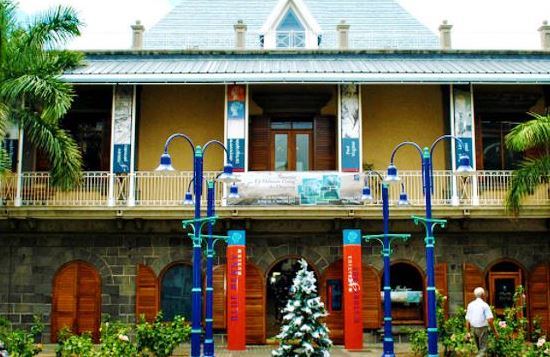
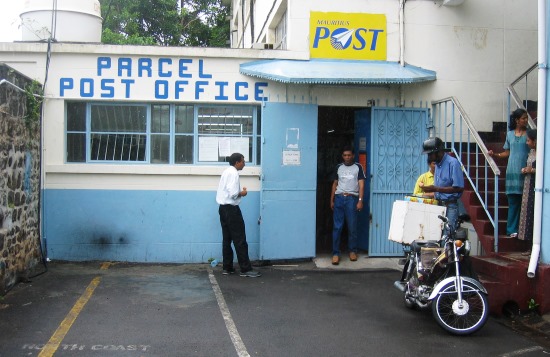
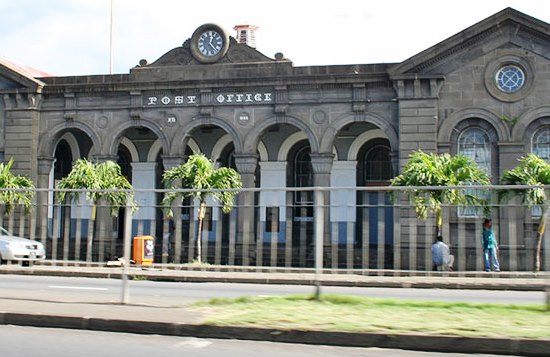
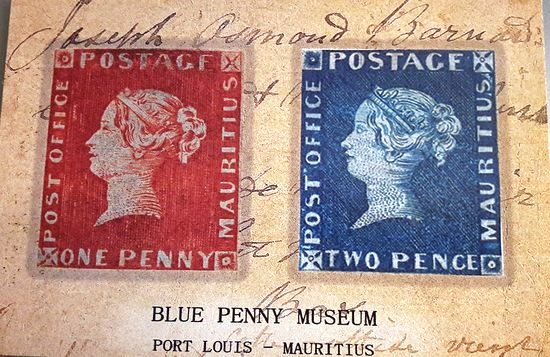
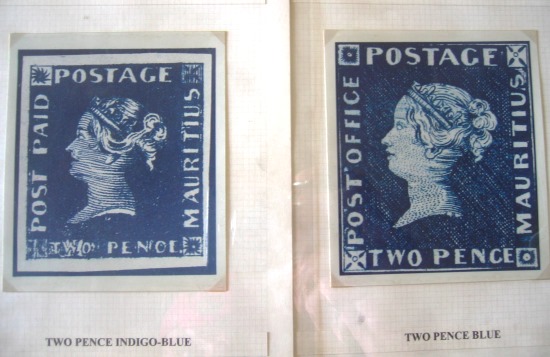
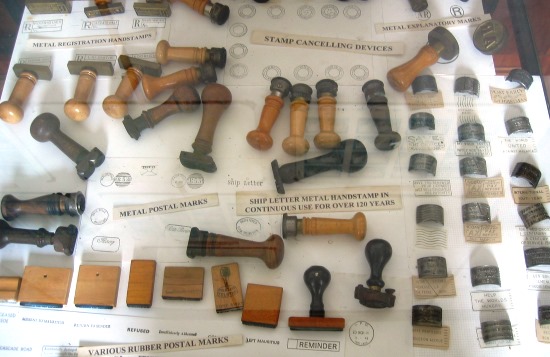
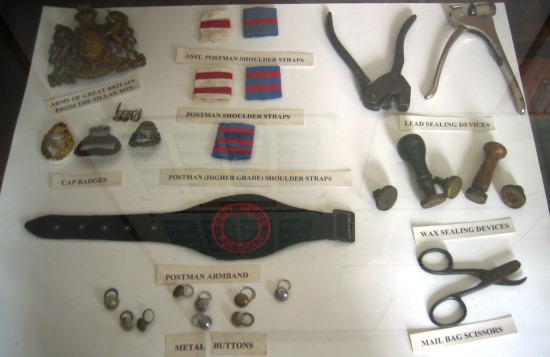
Place d’Armes is the most important avenue in the city, bordered by royal palms and leads to Government House, a magnificent French colonial palace with a majestic statue of the Queen Victoria with a severe pose.
We recommend spending at least one night here, just to experience the reality of the city before totally immersing yourself in nature and on the island's dream beaches, just to get a more complete picture of the island. We have stayed at Villa Alizee in Tombeau, on the outskirts of the capital so as to enjoy the right serenity after a long flight!
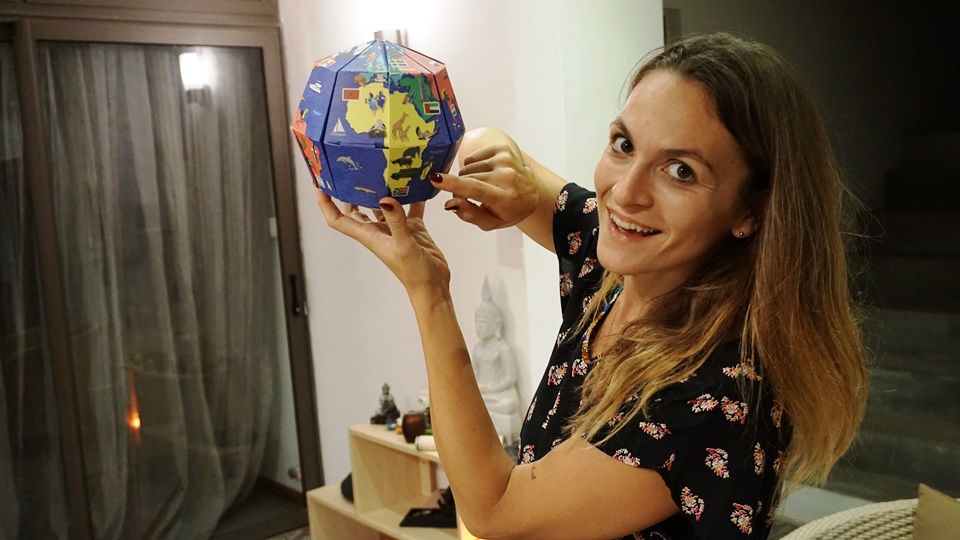
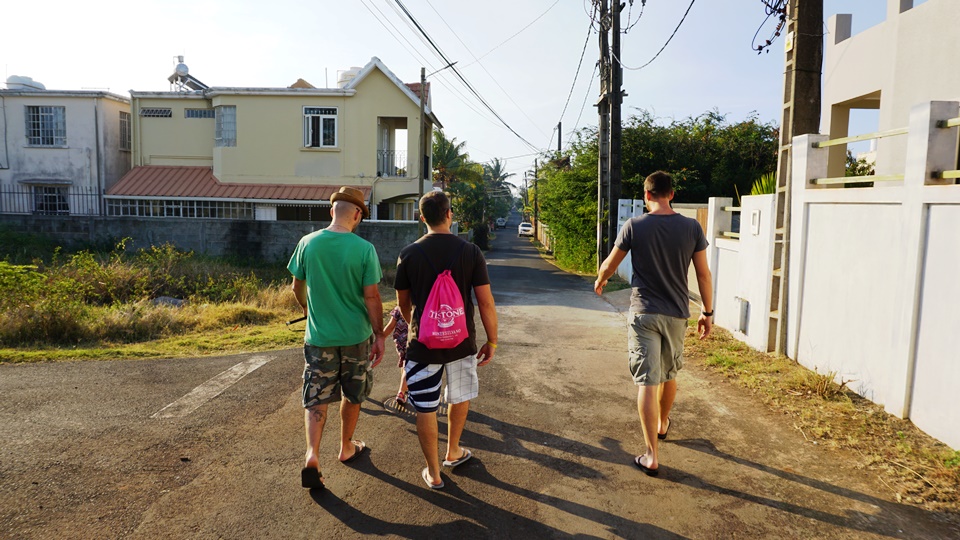
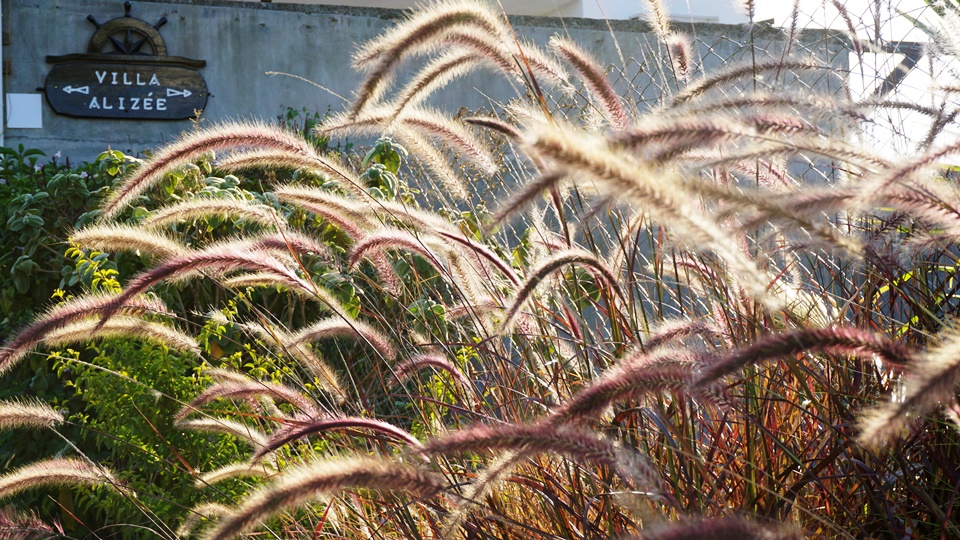
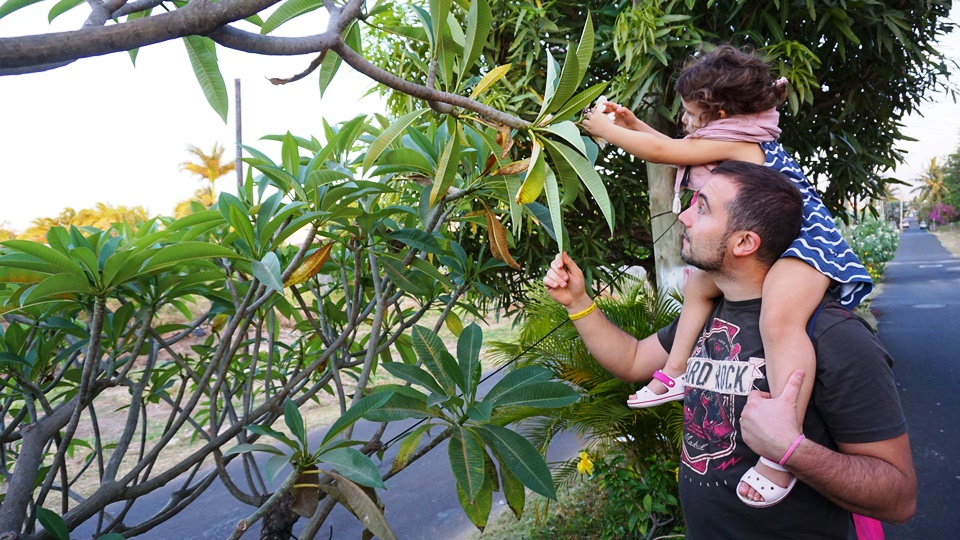
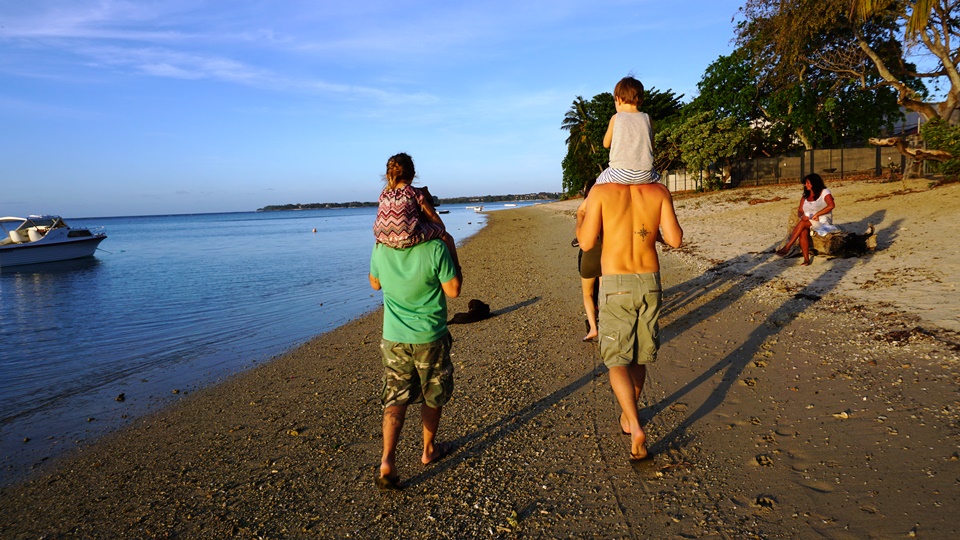
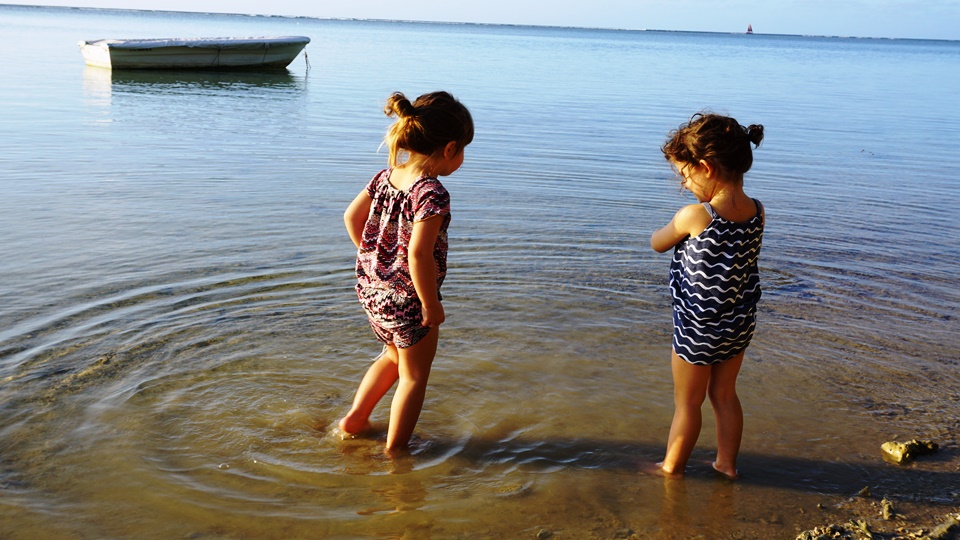
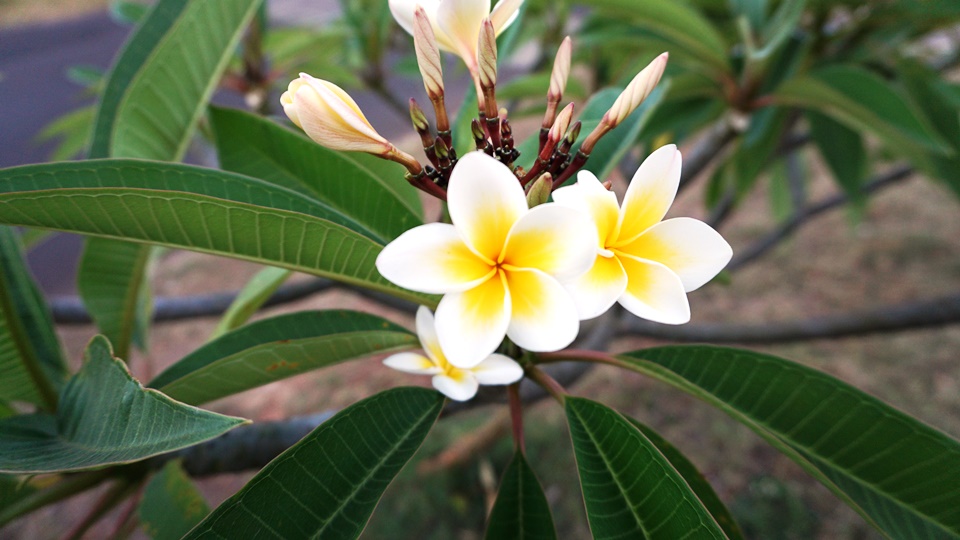
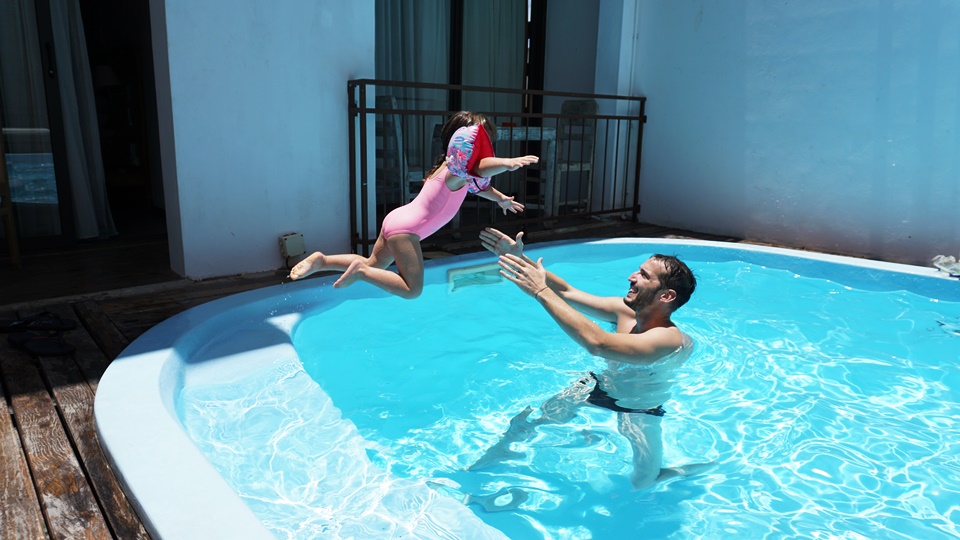
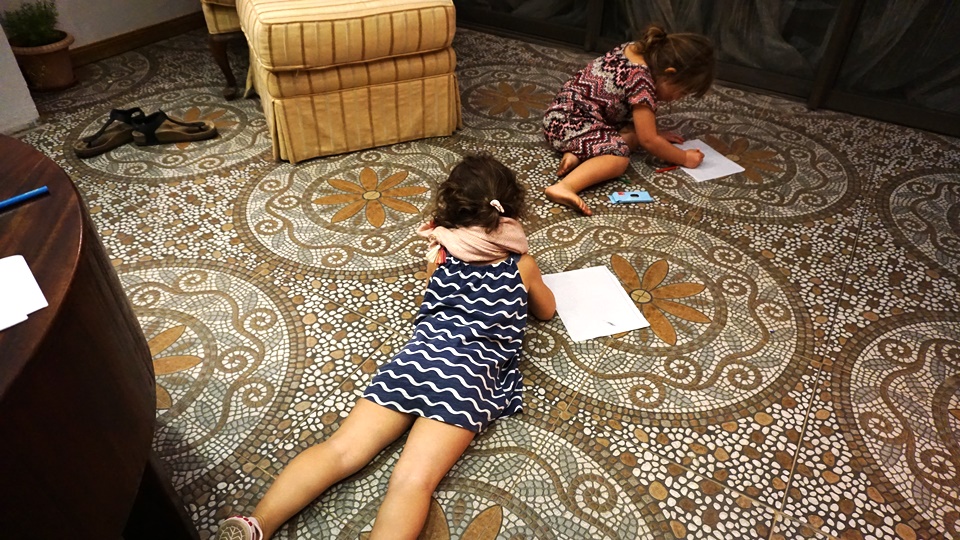
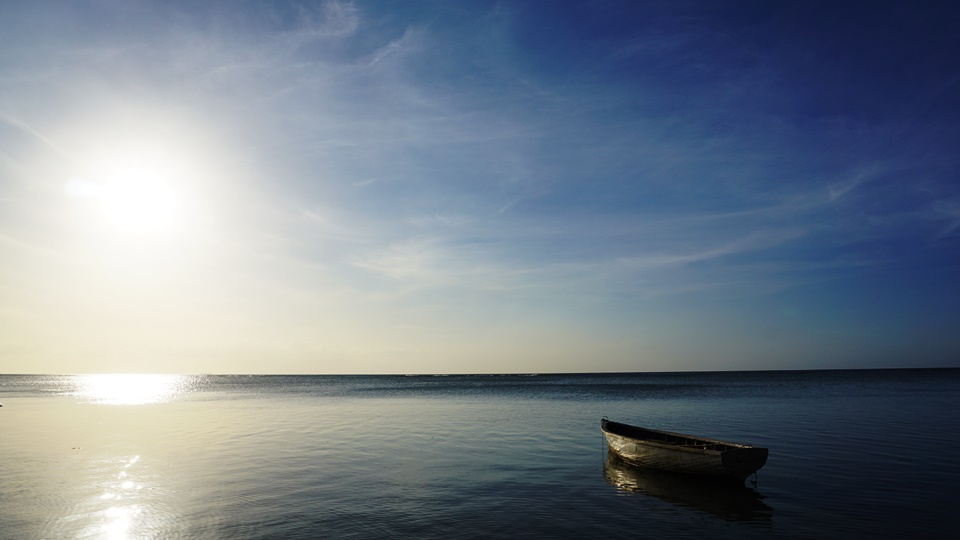
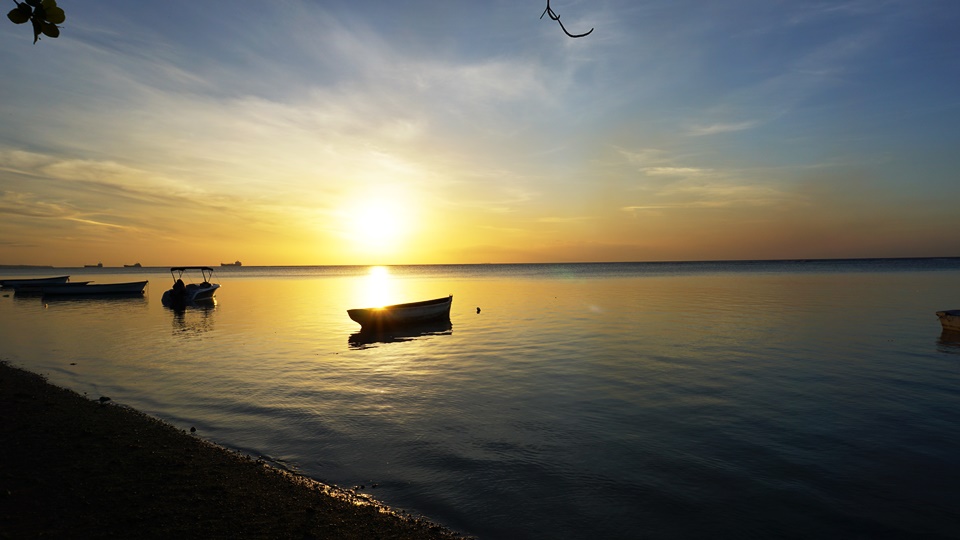
The main tourist center of the island with the best nightclubs and restaurants. Among the virtues are the beautiful hotels, bars and restaurants, while the most striking vices are the coast gradually crumbled away from the concrete ...
We would suggest staying in the quieter Trou aux Biches which still retains a small village atmosphere with beaches that are still not overly crowded. It boasts beaches fringed with casuarina trees that follow one another up to the sleepy Mont Choisy.
Consider the idea, as we did, of hiring a boat directly on the beach to reach some offshore areas where there are so many wonderful turtles and you have the opportunity to swim with them, an unforgettable experience.
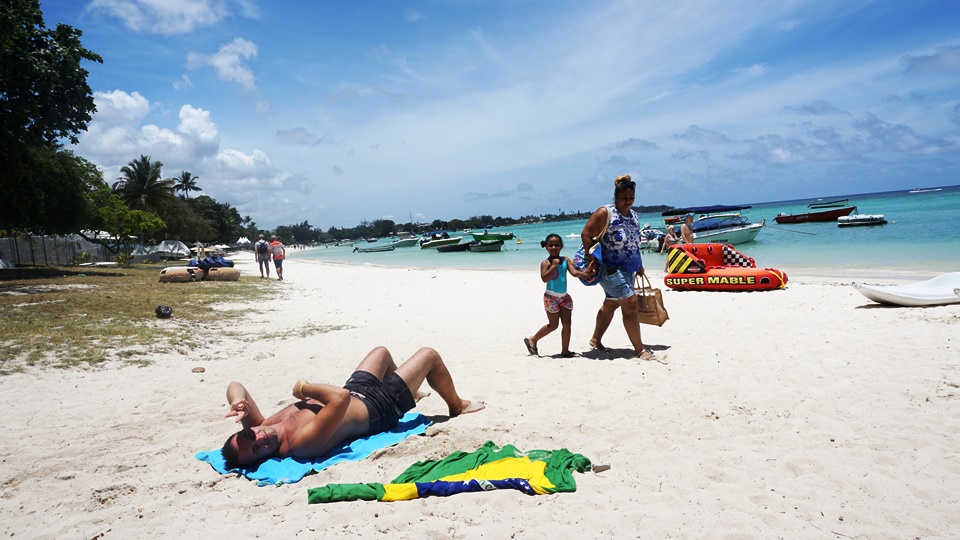
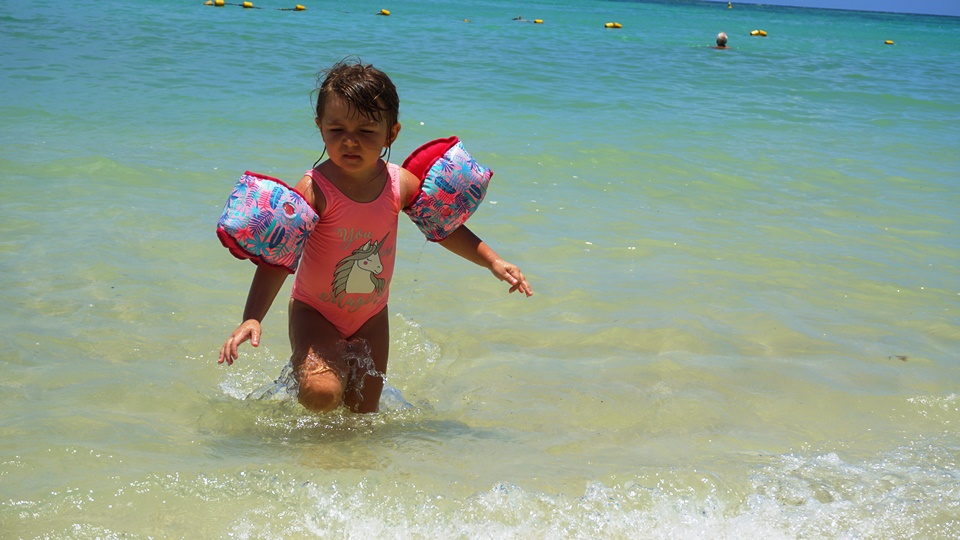
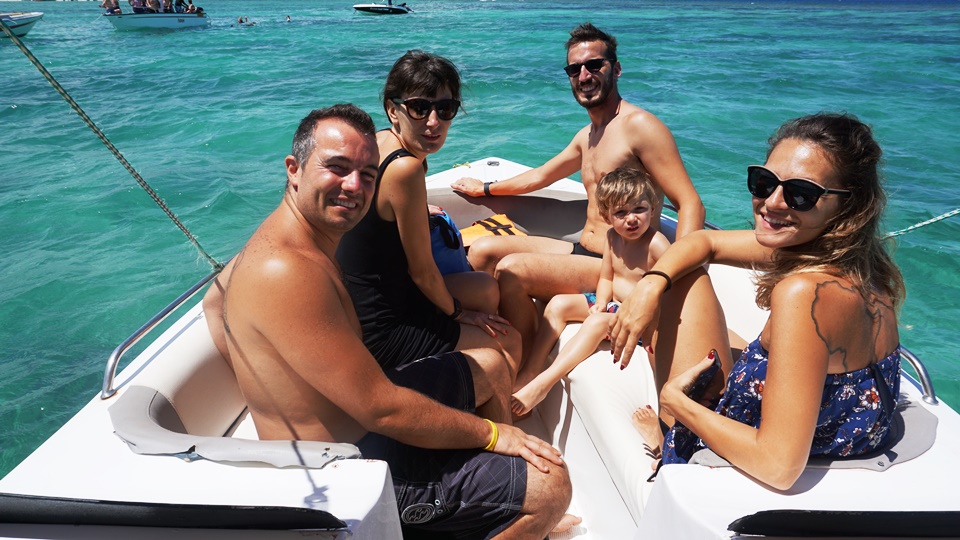
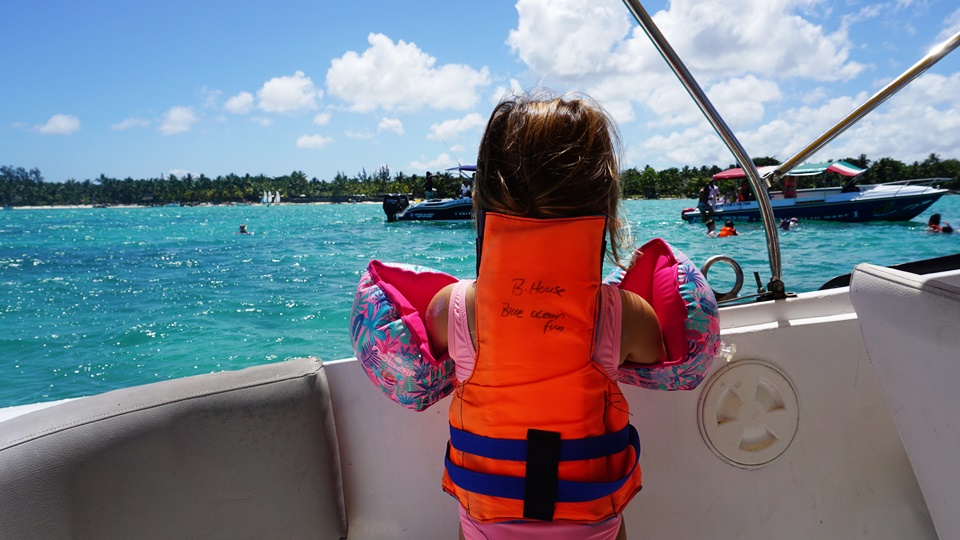
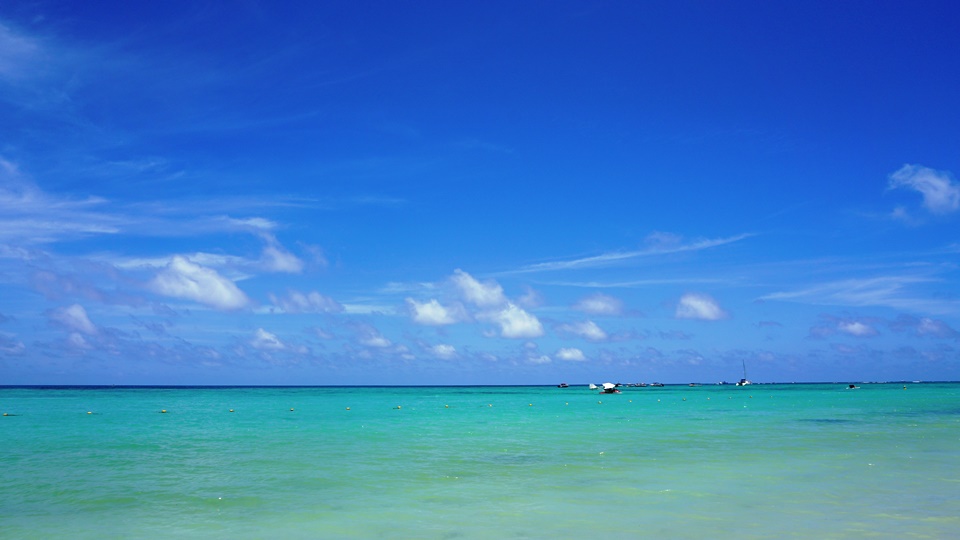
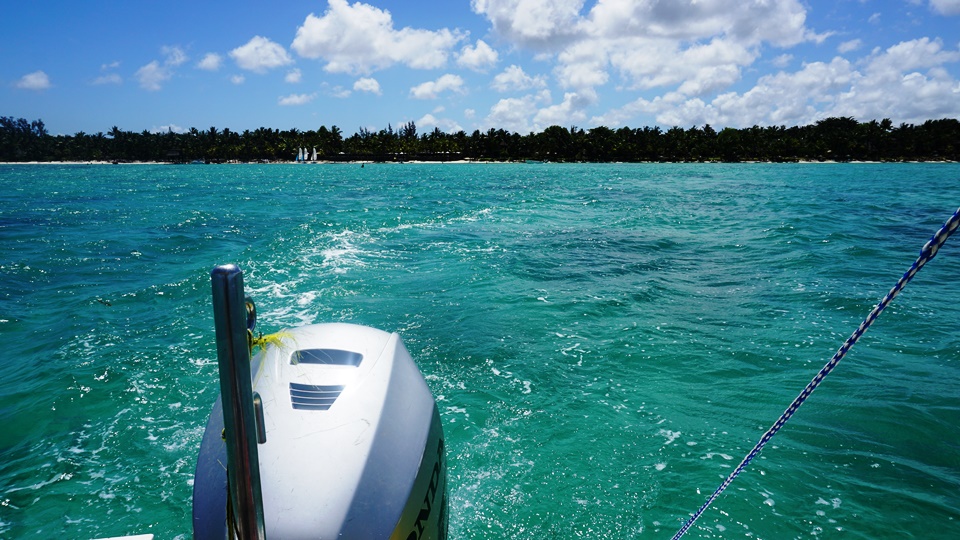
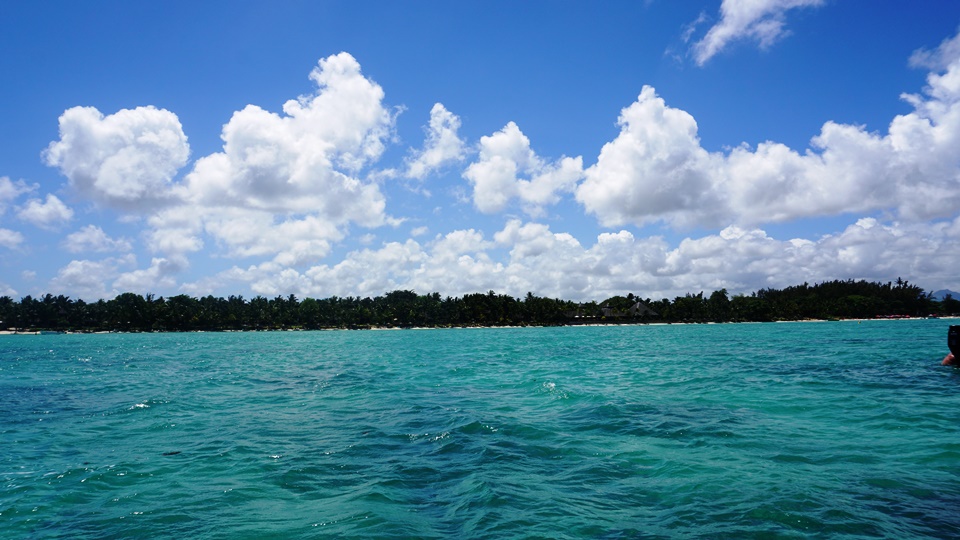
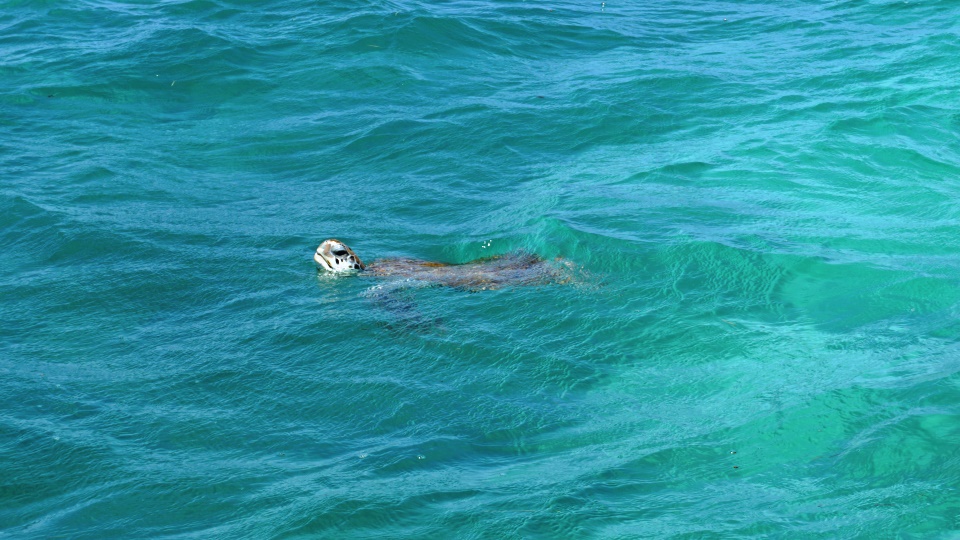
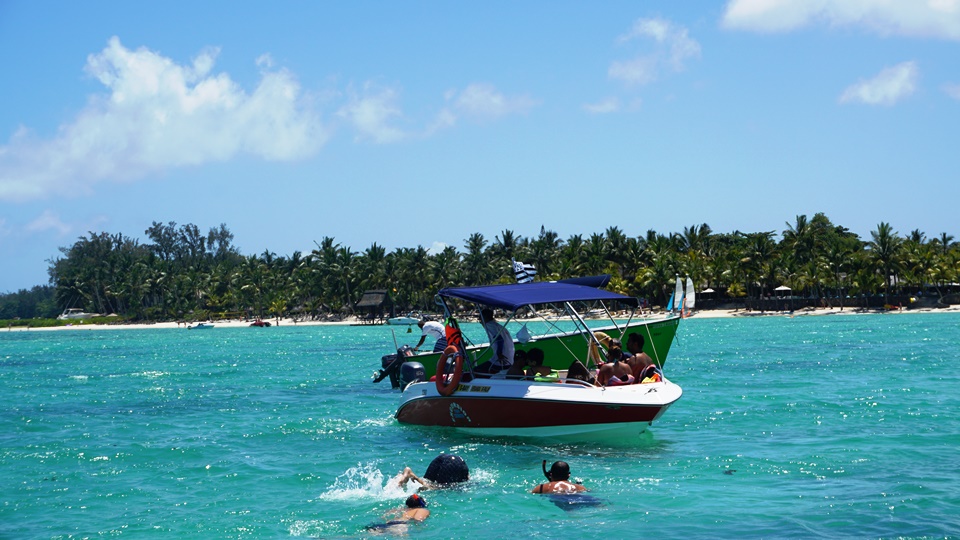
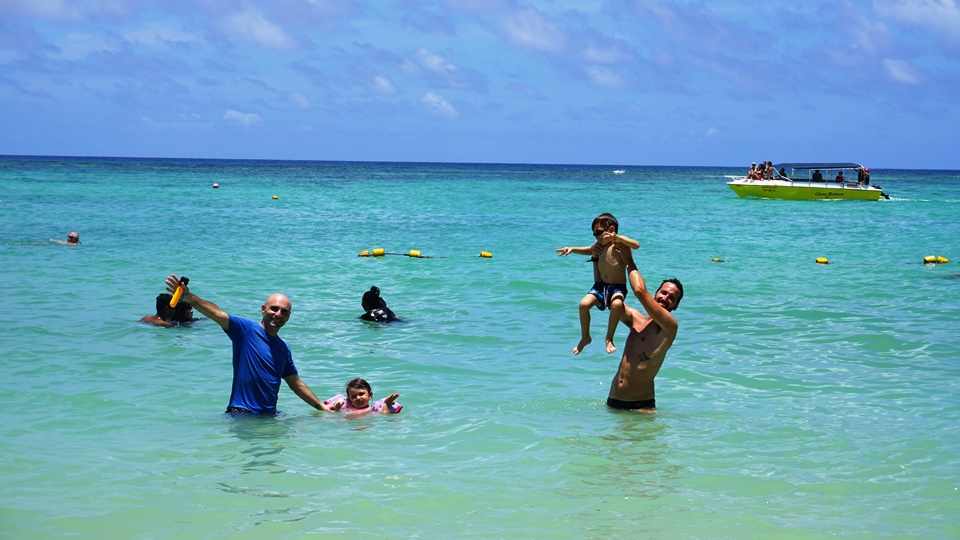
According to legend, Shiva and his wife Parvati were flying over the land when they were dazzled by an island surrounded by the emerald sea. Shiva, who was carrying the Ganges over the head to protect the world from floods, decided to land and dropped a few drops which, by touching the ground, formed a lake. The Ganges said he was sorry that his water was abandoned on an uninhabited island but Shiva replied that the inhabitants of his shores would one day be transferred to this place and there would be a pilgrimage every year. Today about 500,000 faithful Hindu Mauritians go to pay tribute to Shiva during the Maha Shivaratri celebrations.
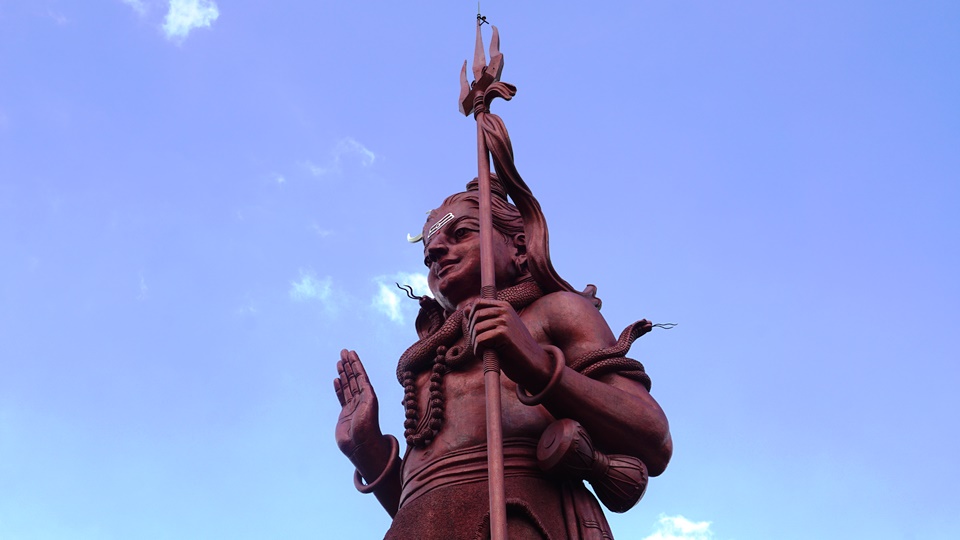
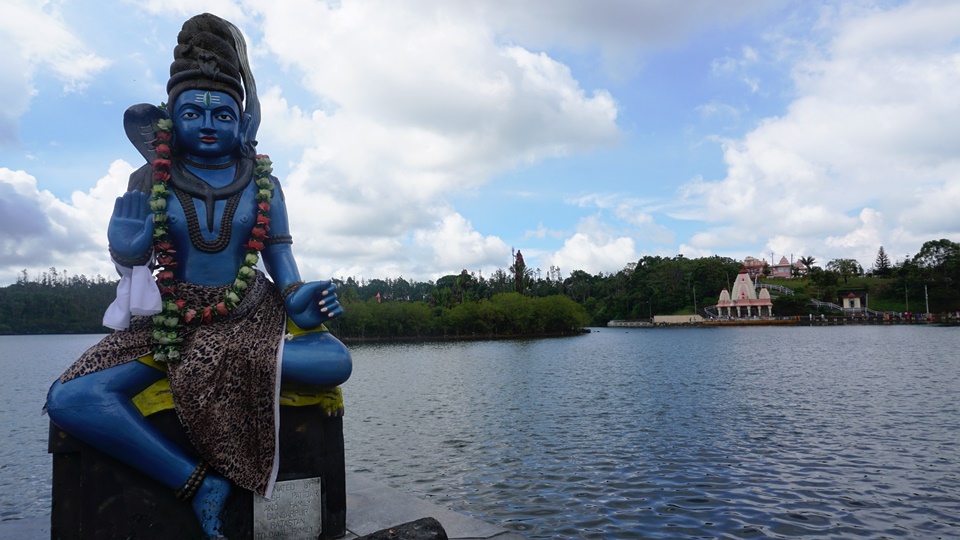
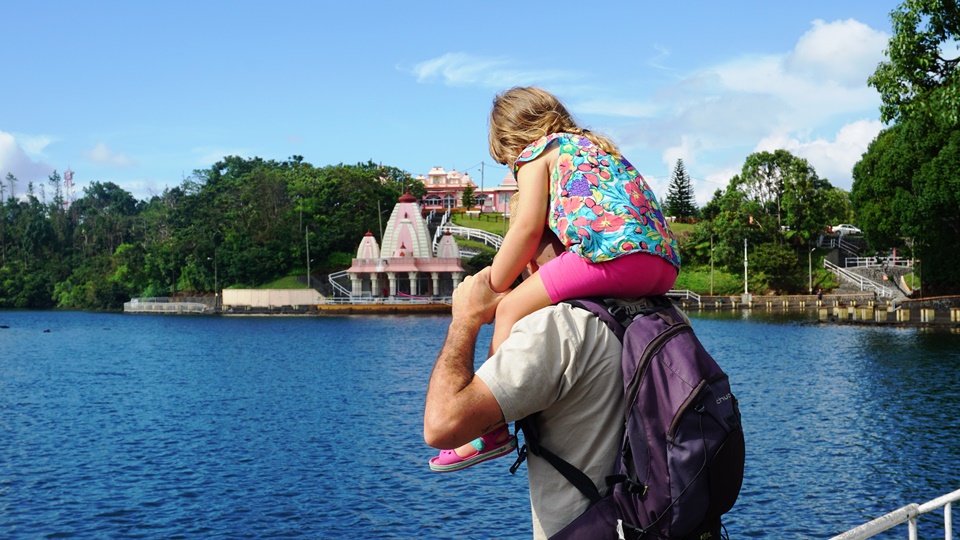
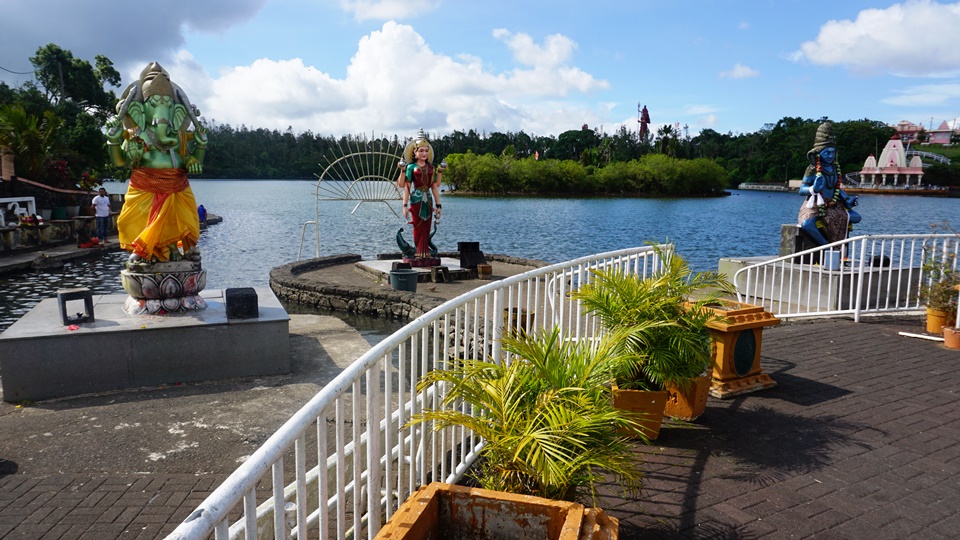
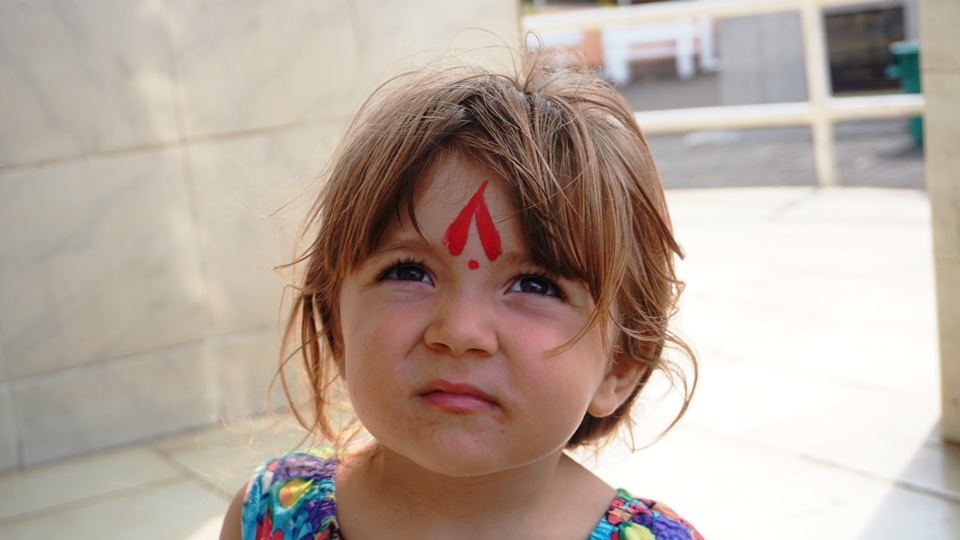
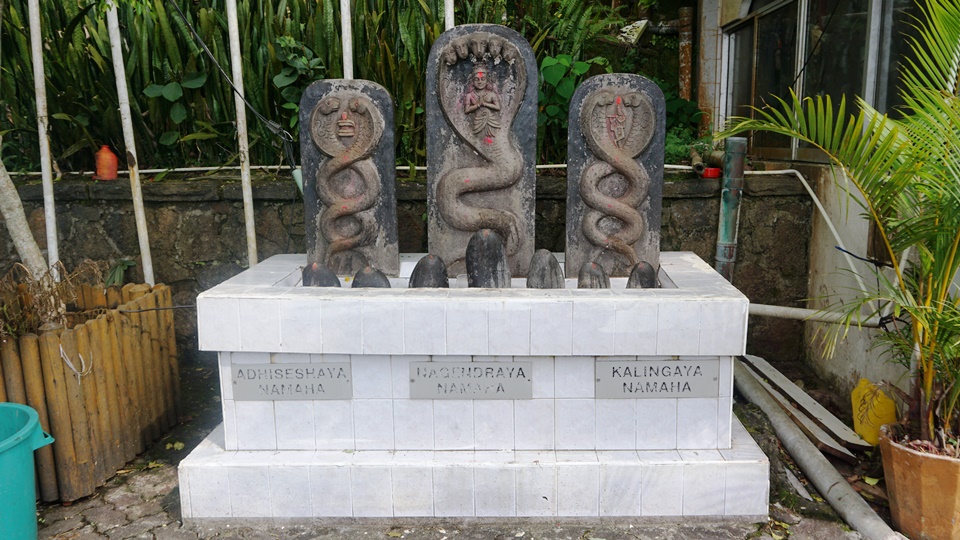
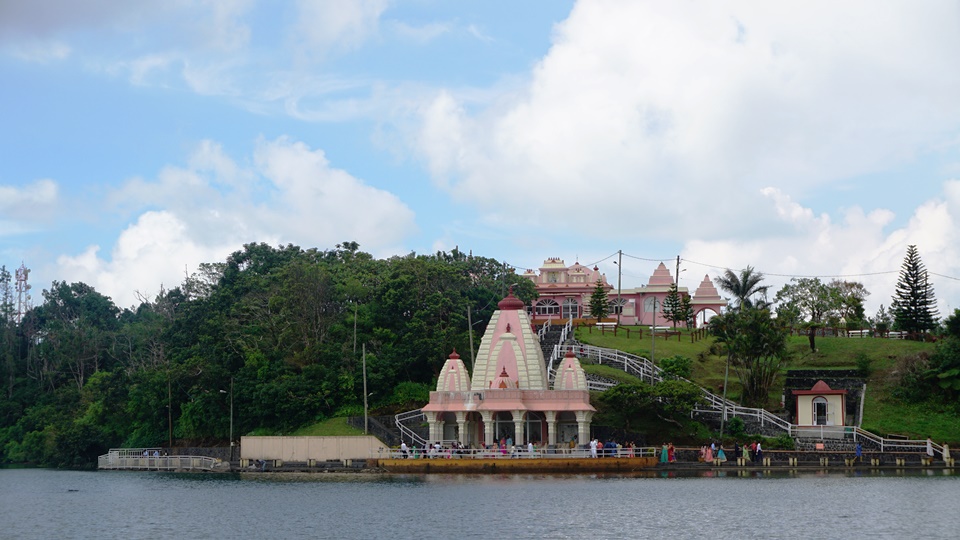
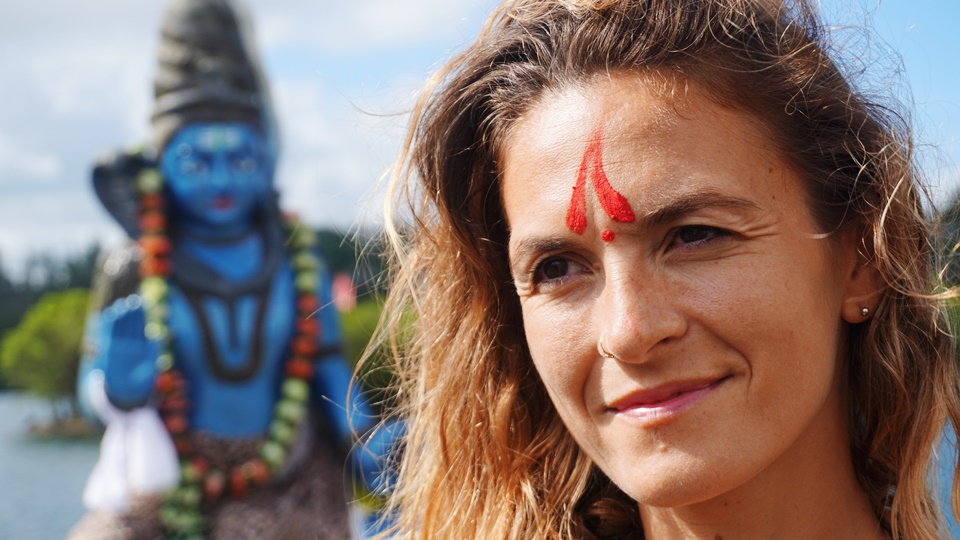
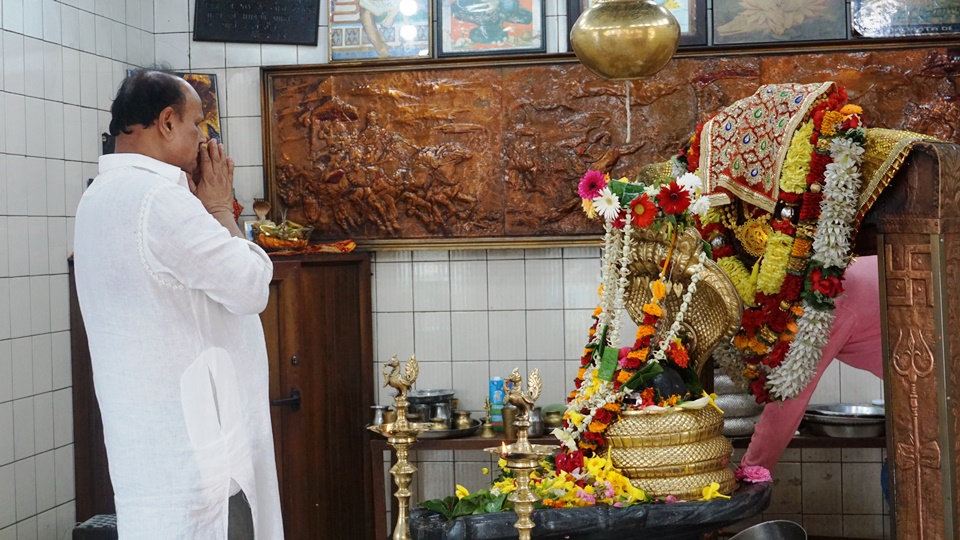
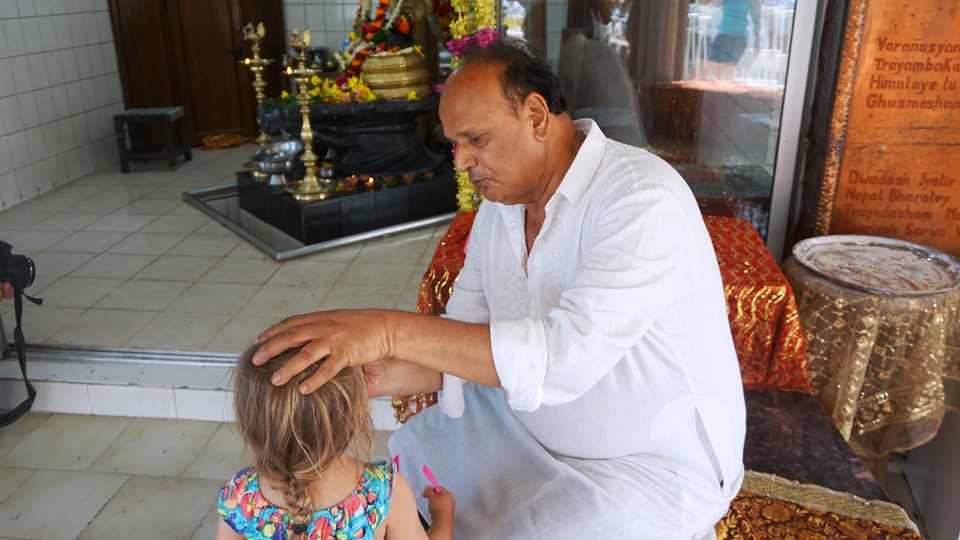
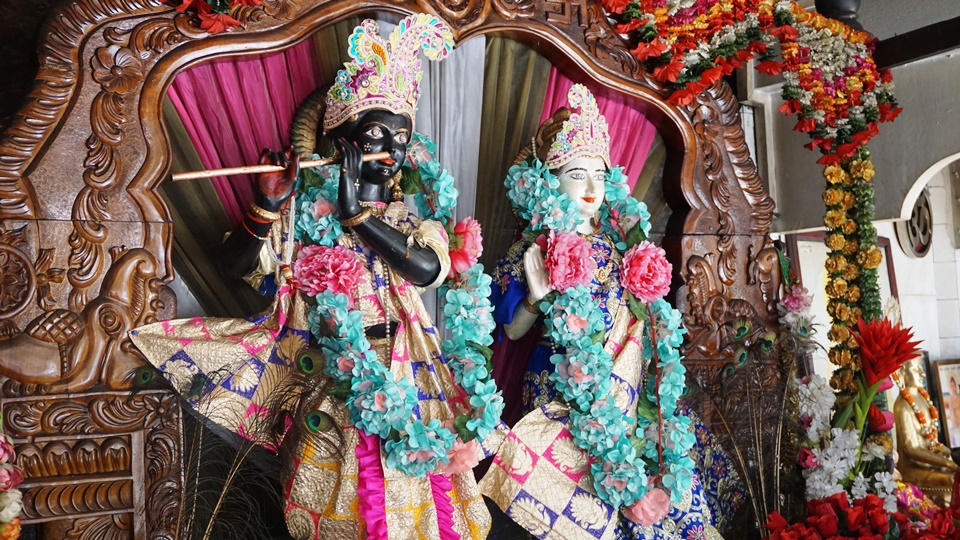
A brief glance at the map of the island and immediately after we are already on a local bus heading for a town just north of Grand Baie: Perebeyre.
The beach is nothing but a nice place to swim and sunbathe among the Mauritians, far from the places beaten by tourists ...
Once inhabited only by the cerfs (deer imported from South East Asia) for the amusement of hunters) and surrounded by crystal clear waters, this small land perfectly corresponds to the idea that many have of a tropical postcard island.
It is one of the favorite destinations for day trips by boat, just like we did!
Catamaran, snorkelling, sunbathing and an abundant grilled fish on the beach are the right ingredients for a day to remember!
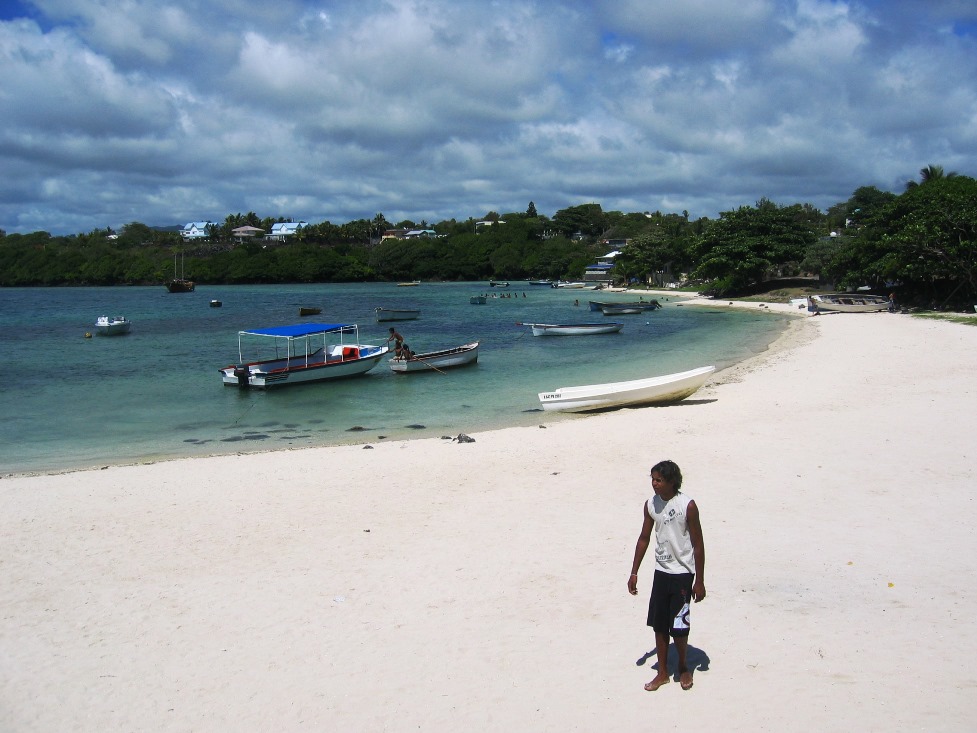
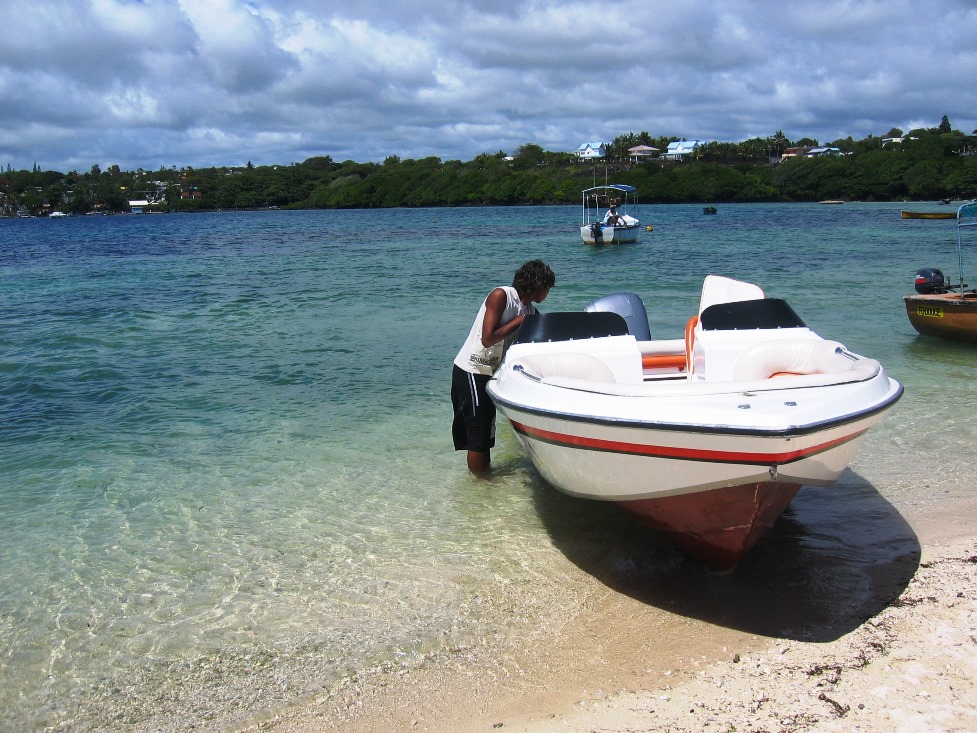
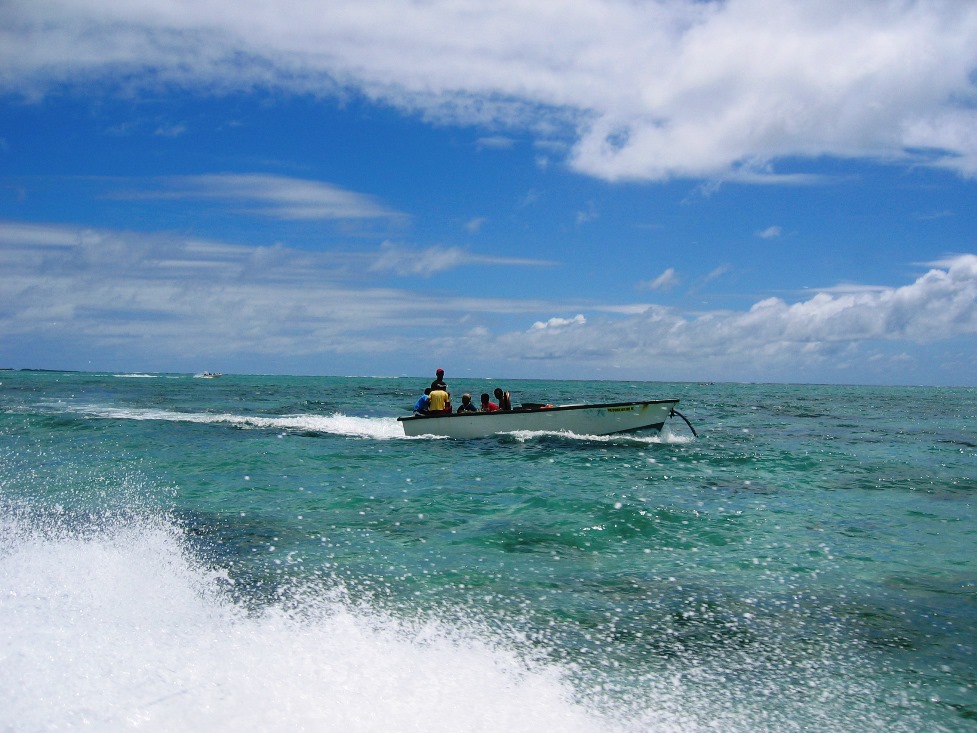
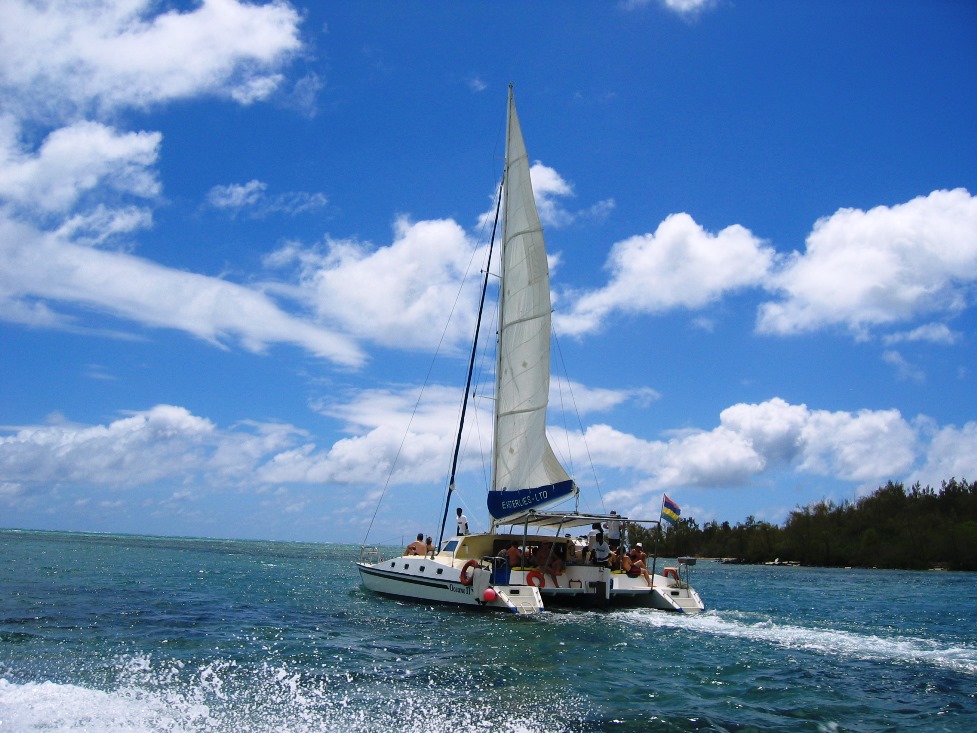
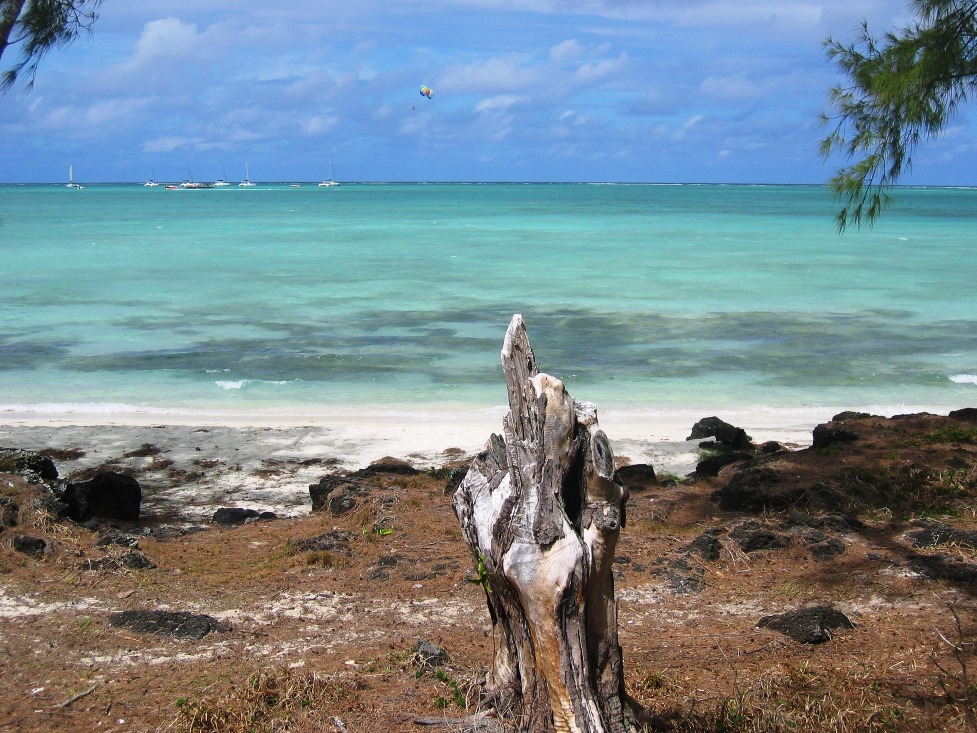
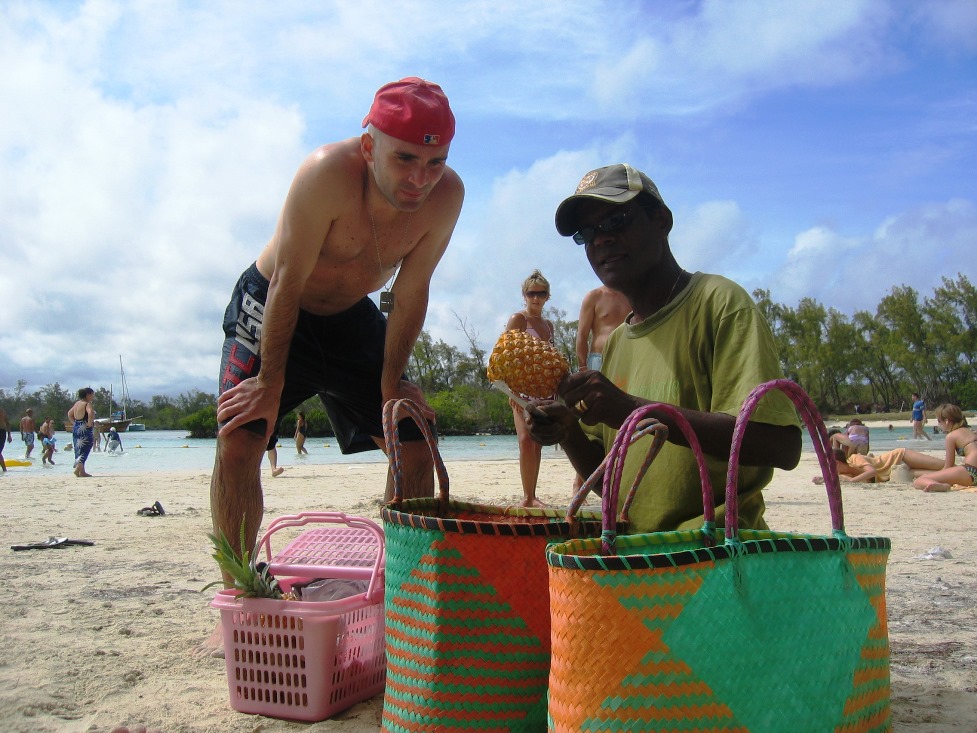
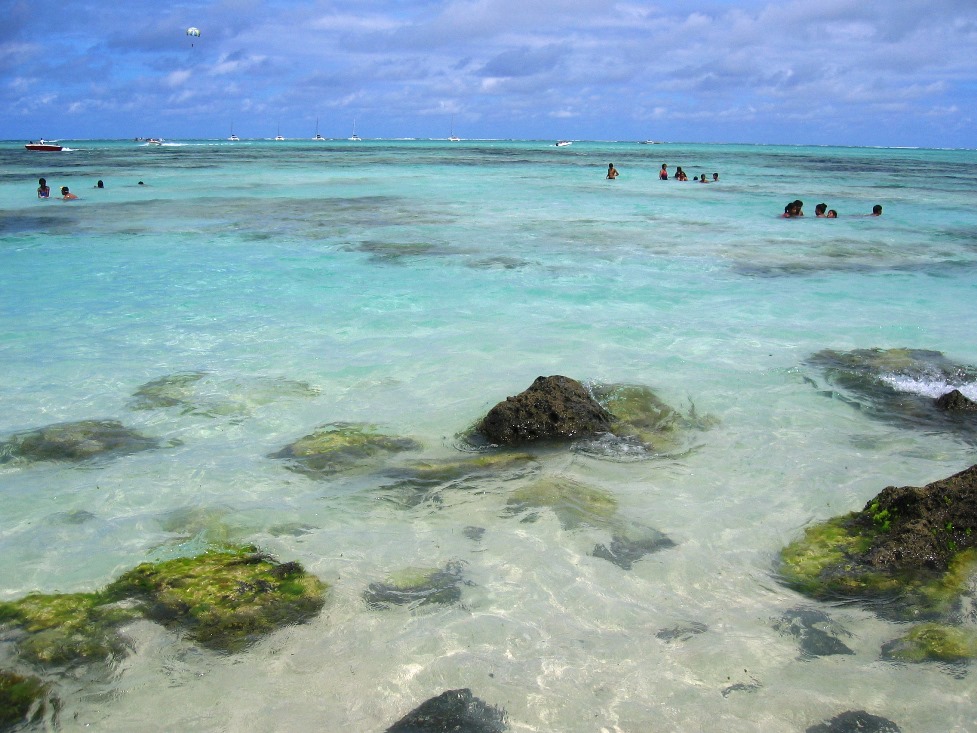
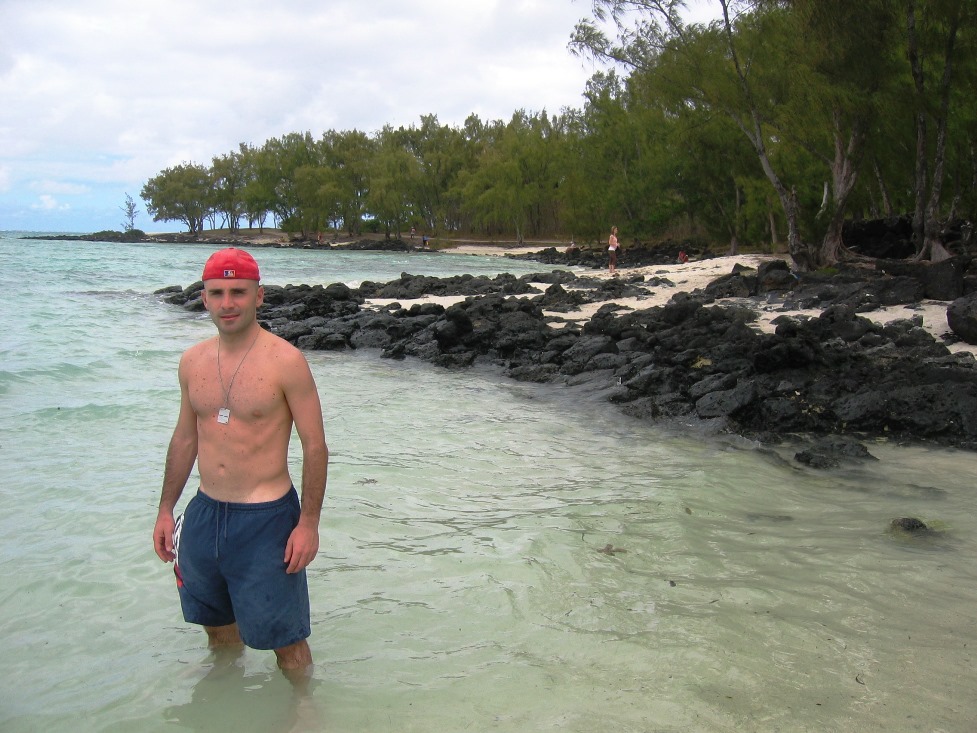
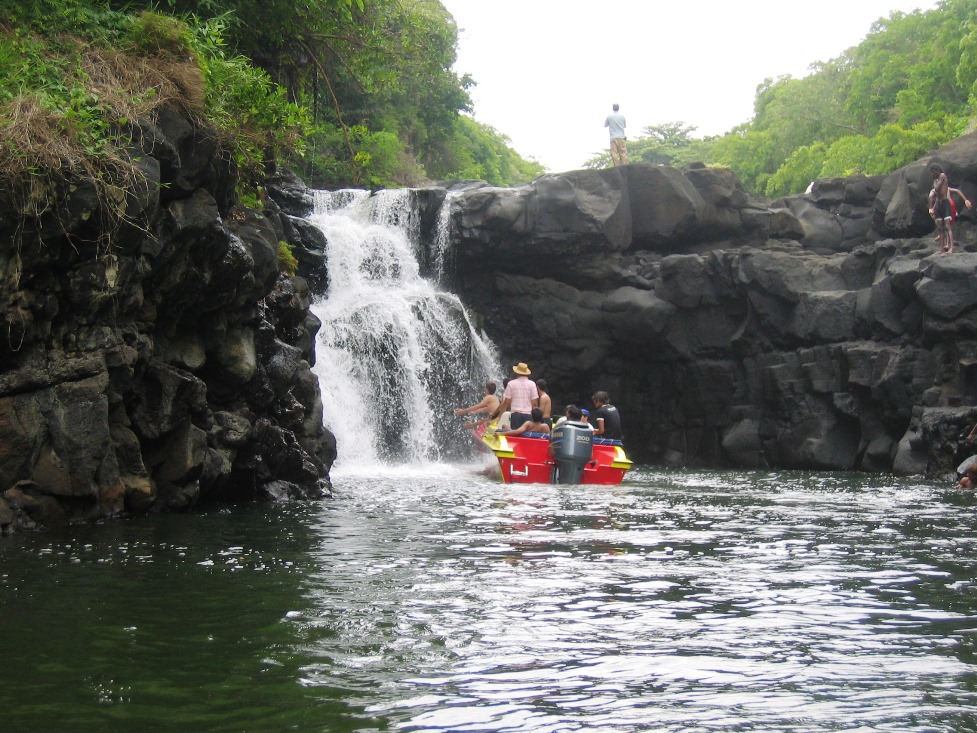
The northern end of Mauritius offers splendid views of the islands off the coast although, today, it has rather the appearance of an abandoned place, "Weak Cape" (as it is called for the many ships that sank on these rocks).
Here is a very picturesque red-roofed church: Notre Dame Auxiliatrice. Characteristic is the holy water font made from a huge shell valve.
One thing that struck me so much was the cemetery on the beach, on the edge of a small hill that ended directly on the sea. It gave the very idea of peace, tranquility and serenity; those tombs so simple made me really think of an "eternal rest".
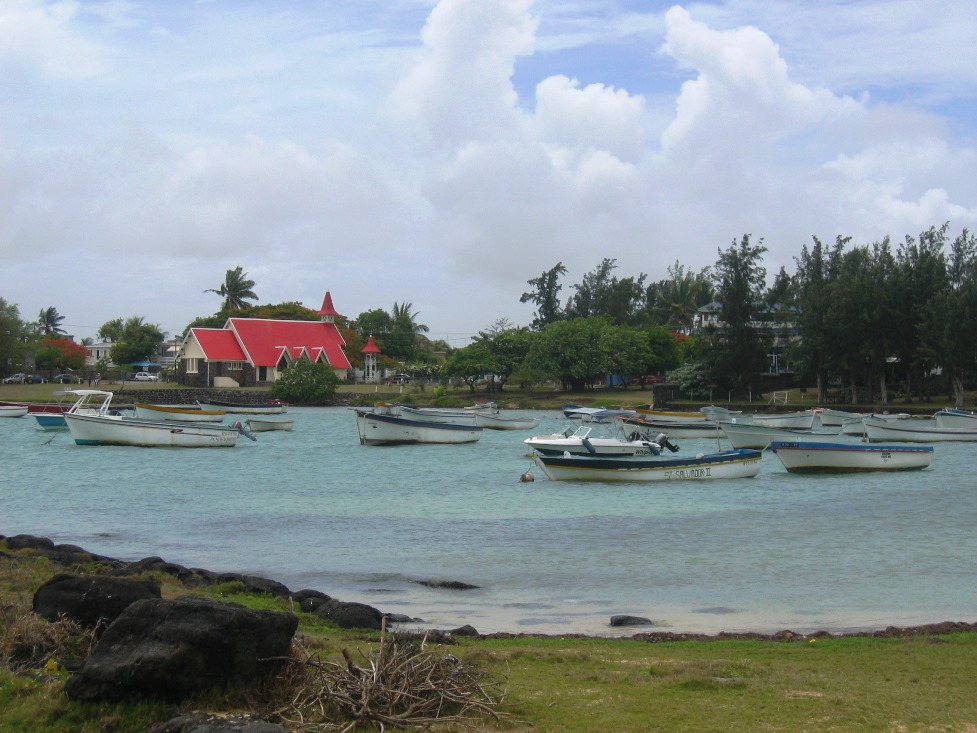
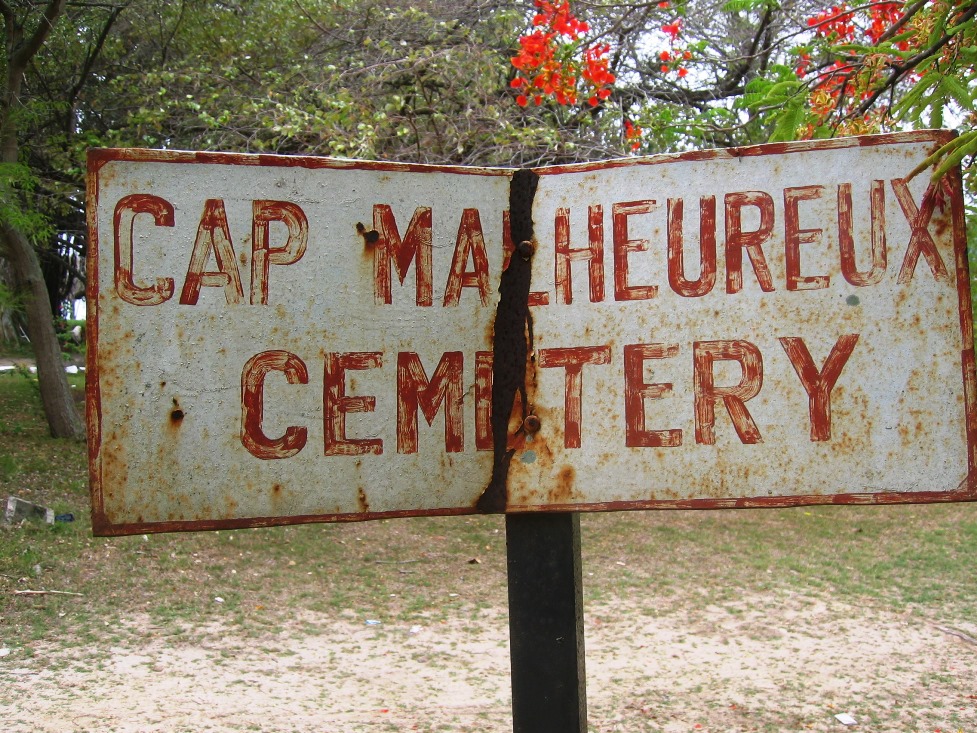
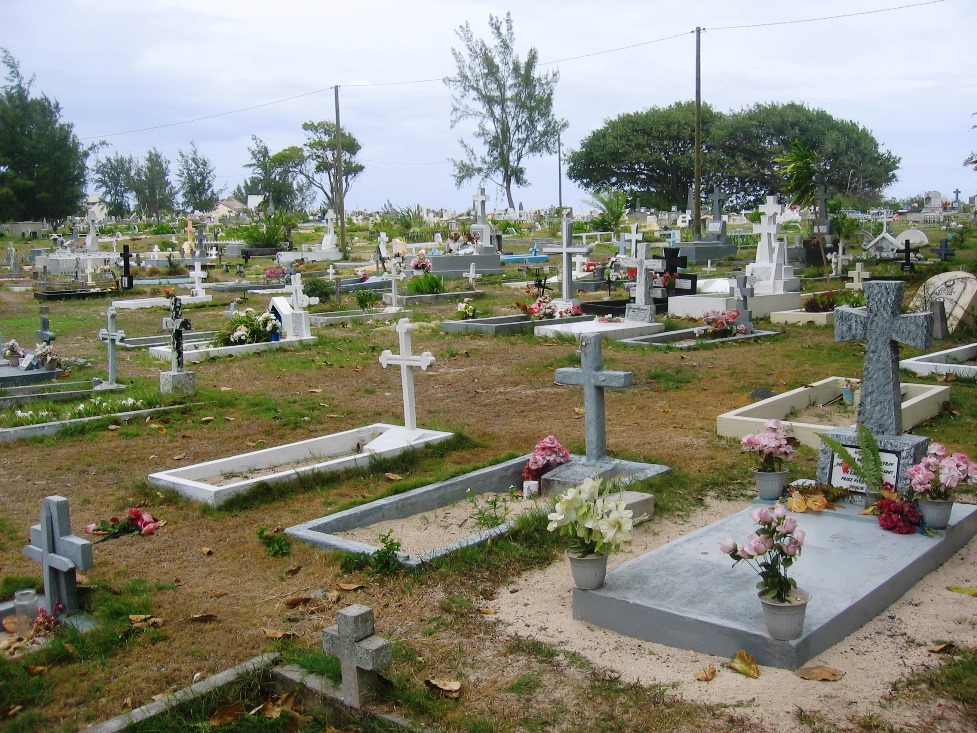
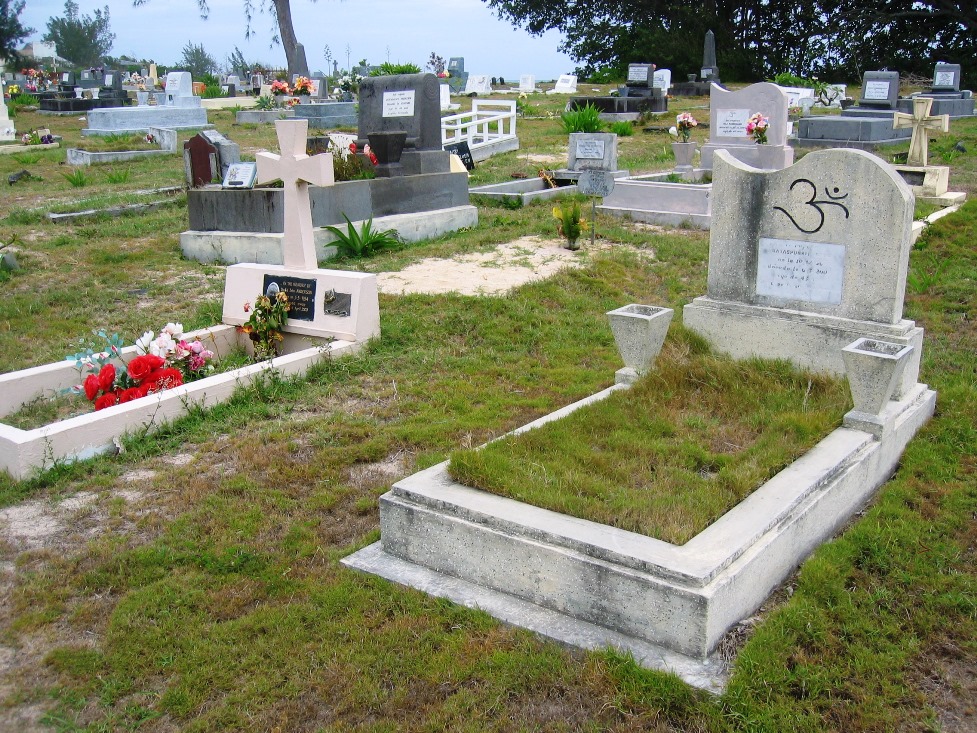
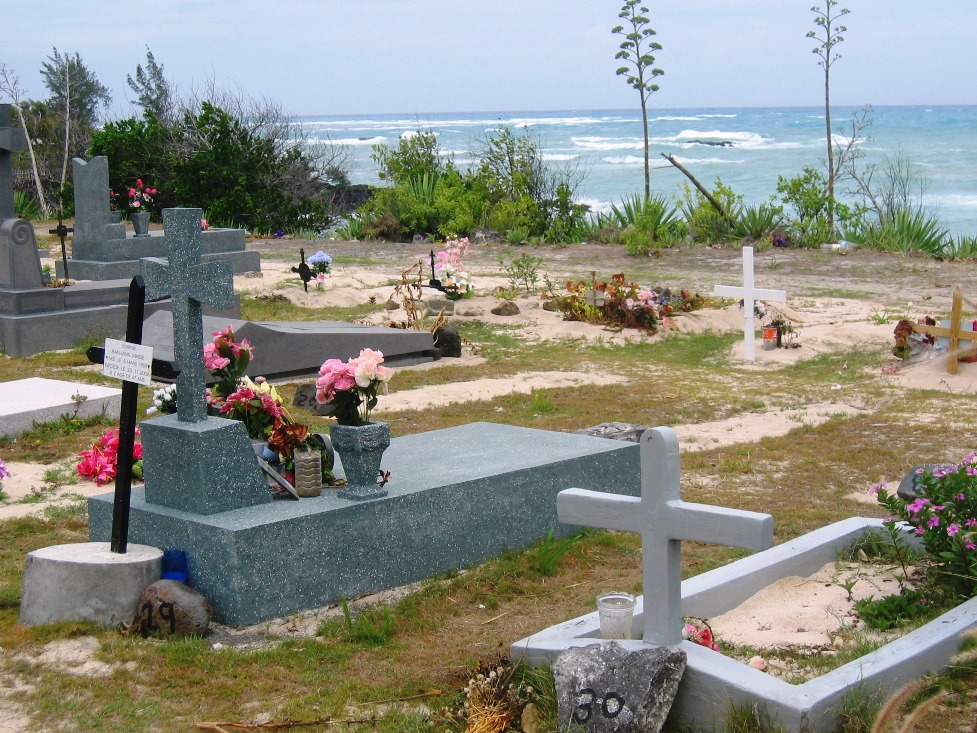
Along the way we stop enchanted to visit another Hindu temple. All those strange and colorful fantastic characters intrigued me ... I am always enchanted by admiring so many different places of worship in harmony with each other. There the church with a red roof and a Christian cemetery, here a Hindu temple and a mosque ahead! This is my idea of the world!
Curepipe is a lively commercial destination on the plateau, known for its rainy climate, proximity to a volcanic crater and shopping. Its curious name seems to be linked to the malaria epidemic of 1867, when the inhabitants of Port Louis moved en masse to the healthiest plateau in the hope of treating their "pipes" (the pipes of the human body).
The illustrations taken from the logbooks of the first ships arrived in Mauritius show hundreds of plump birds that, instead of flying, run on the beach to observe the new arrivals. In the absence of natural predators, these giant relatives of the pigeons were easily captured by the hungry sailors who called them "dodo" (stupid). In just thirty years the passing sailors and their animals brought the poor dodo to extinction; the last sighting dates back to 1660.
The dense forests of the Black River Gorges NP are home to endangered species of birds that have been saved from the fate of the dodo, and also offer exceptional views along the many hiking trails.
Chamarel is a charming mountain village and represents a pleasant part of the coastal area and the sea. The town is famous for the Terres de 7 couleurs (unique variations in the color of the sand, the result of an inconstant cooling process of the lava rocks).
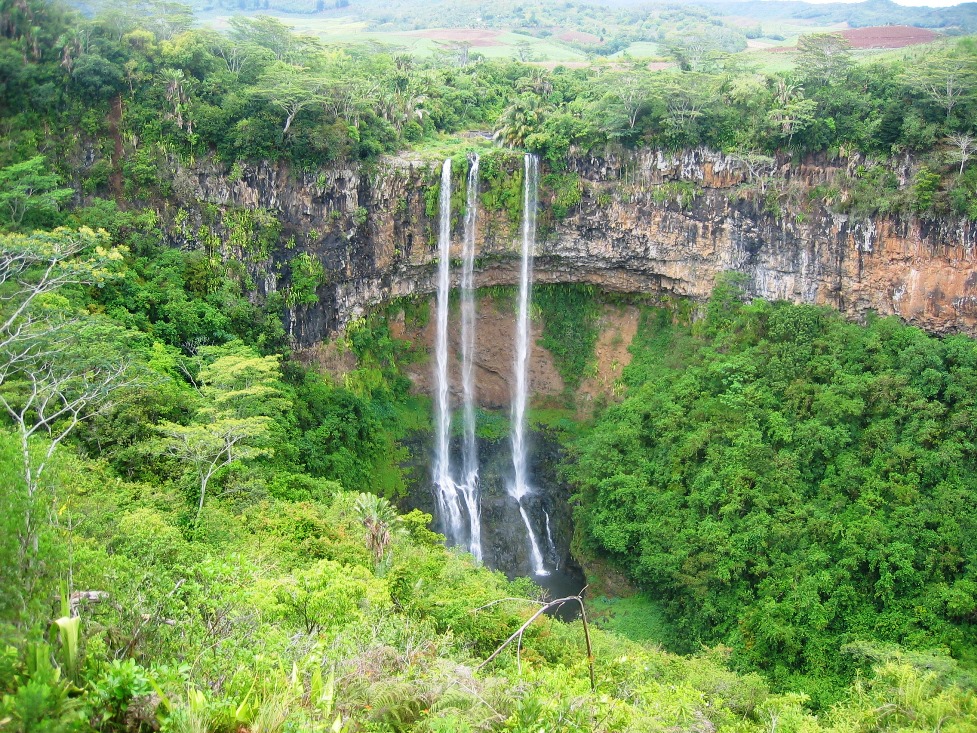
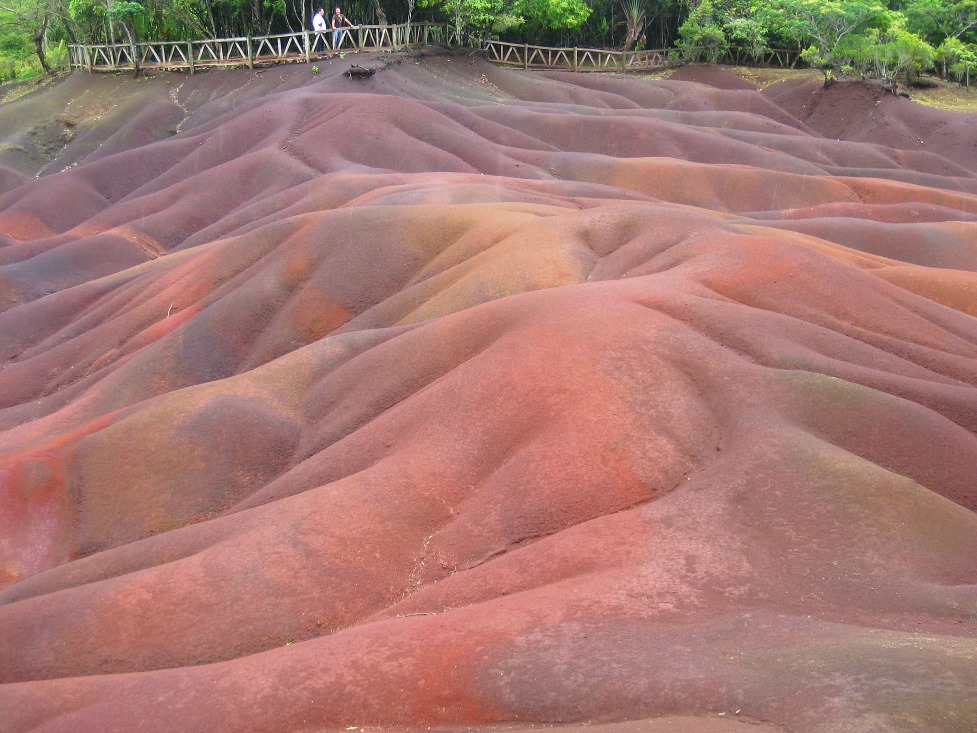
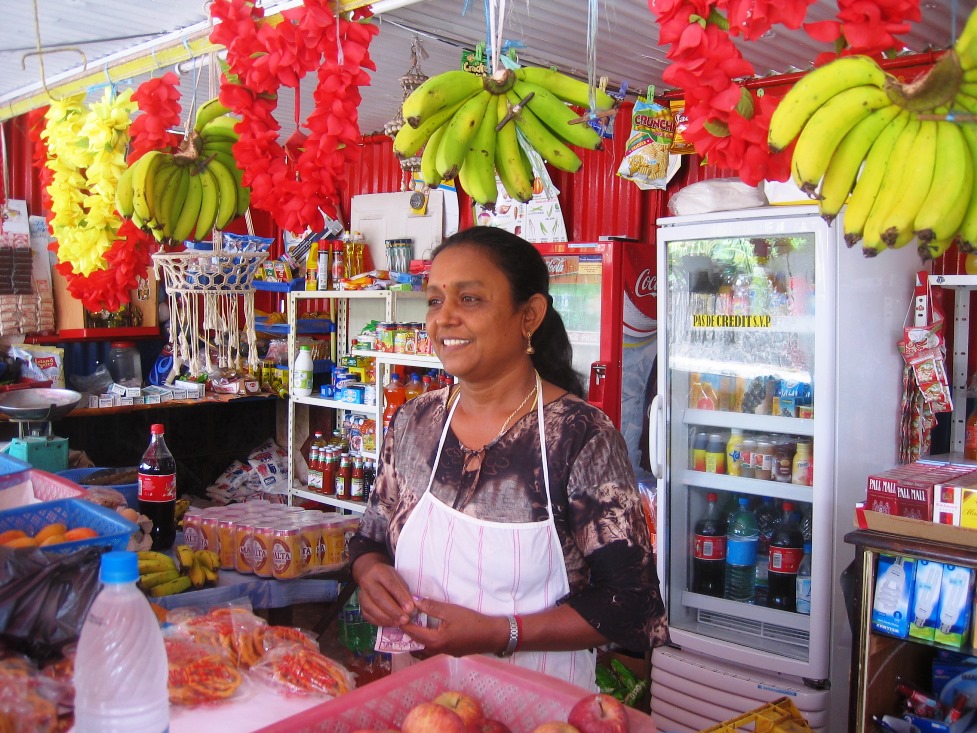
This beautiful reserve offers the opportunity to interact with numerous animals: felines, rhinos, giraffes and other African mammals. It could be an excellent excuse for a day trip if you are tired of life on the beach, I doubt, but a viable alternative especially if you are traveling with small children!
We close this wonderful adventure with a beautiful dance, not one at random but the traditional and typical of the island: the sèga!
This is a powerful combination of music and dance, conceived by African slaves as a diversion to the injustices they suffered daily. At the end of a hard day's work in the sugar cane fields, the couples danced the séga around the bonfire on the beach, accompanied by the rhythm of the drums.
The sand did not allow to move easily and, for this reason, even today, one dances without taking one's feet off the ground. The movements of the rest of the body compensate for this immobility and can be extremely erotic.




Error: No feed found.
Please go to the Instagram Feed settings page to create a feed.
2 Responses
Per me resterà un sogno vedere tanta meraviglia .
Complimenti riuscite a trasmettere la gioia di un viaggio fantastico.. grazie
Perchè farlo restare un sogno? La prossima volta parti con noi!